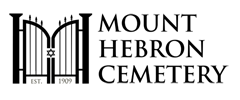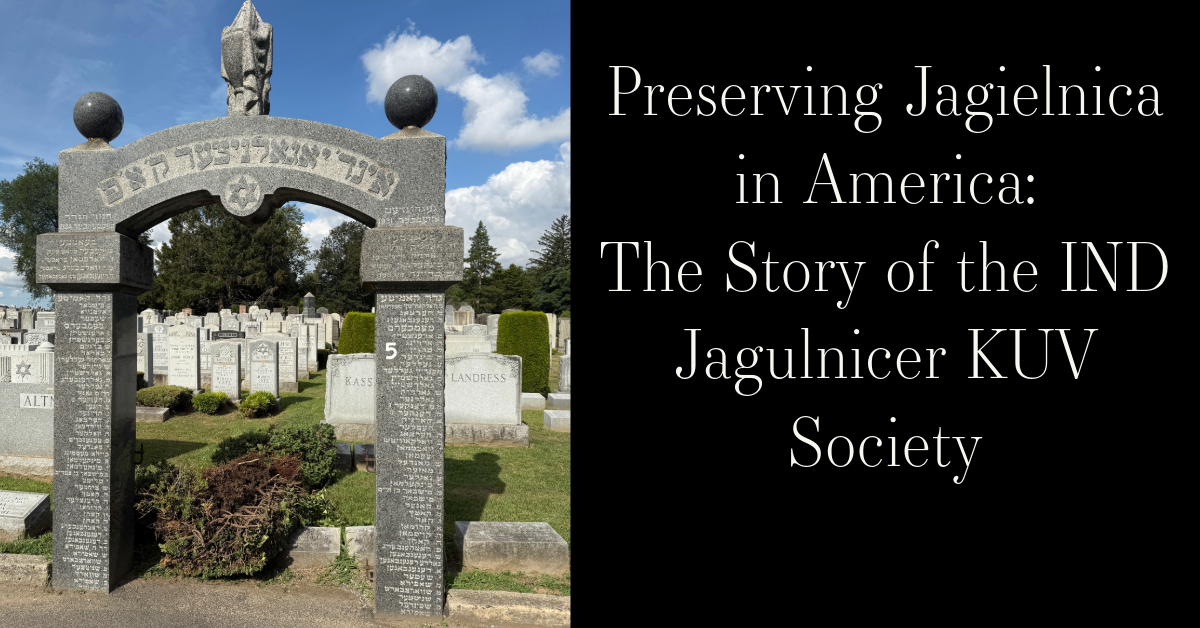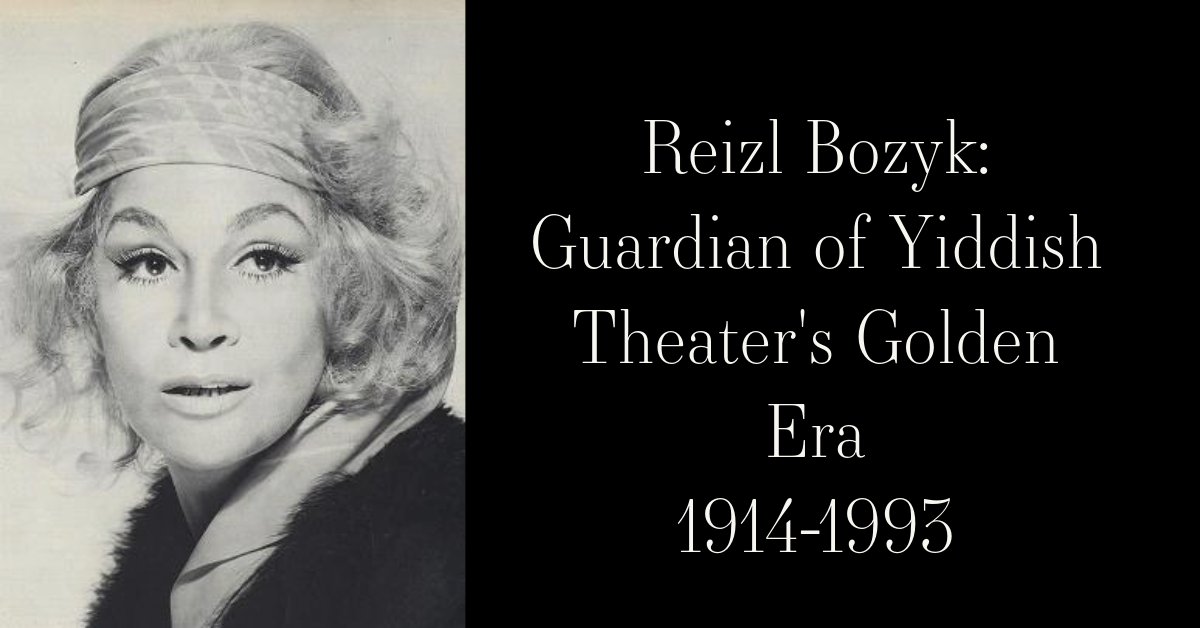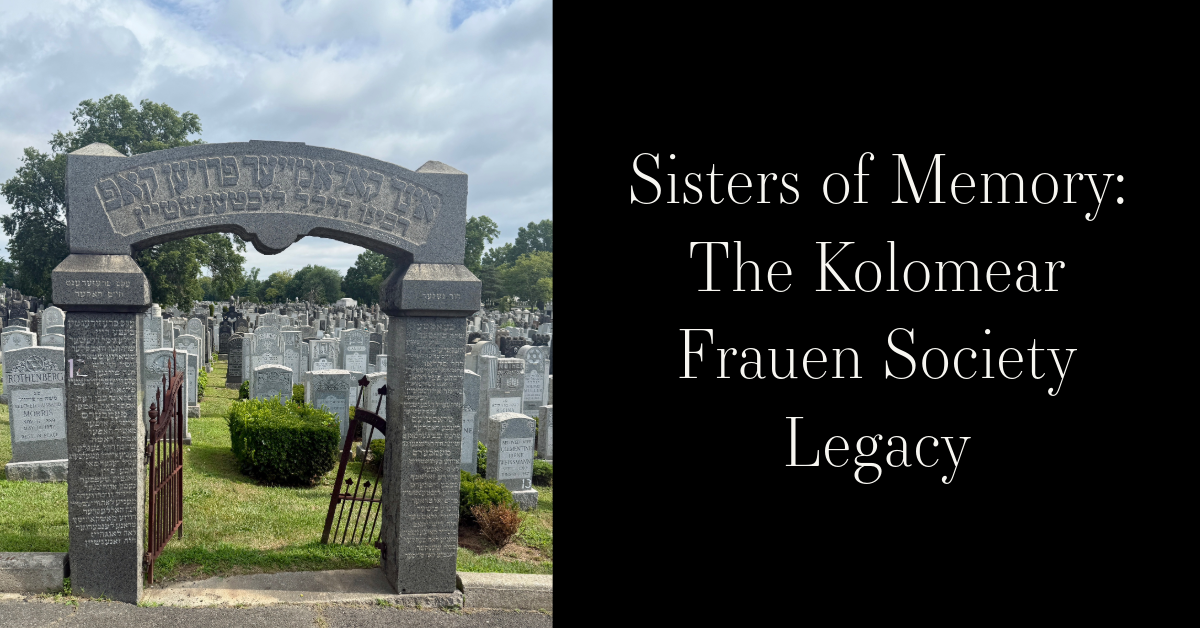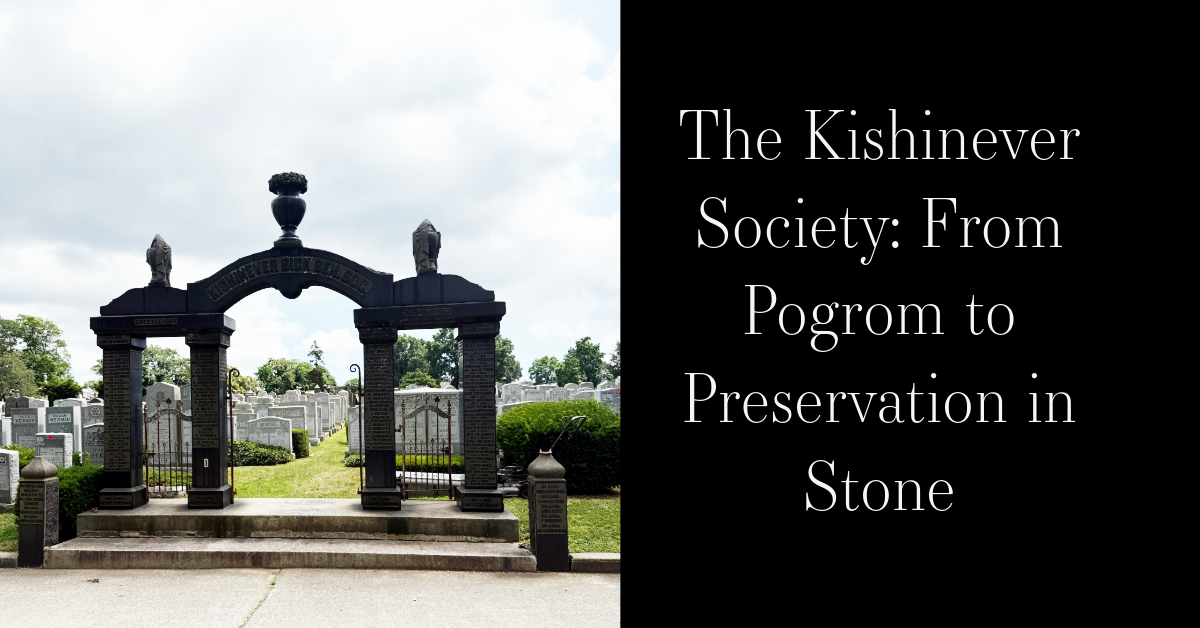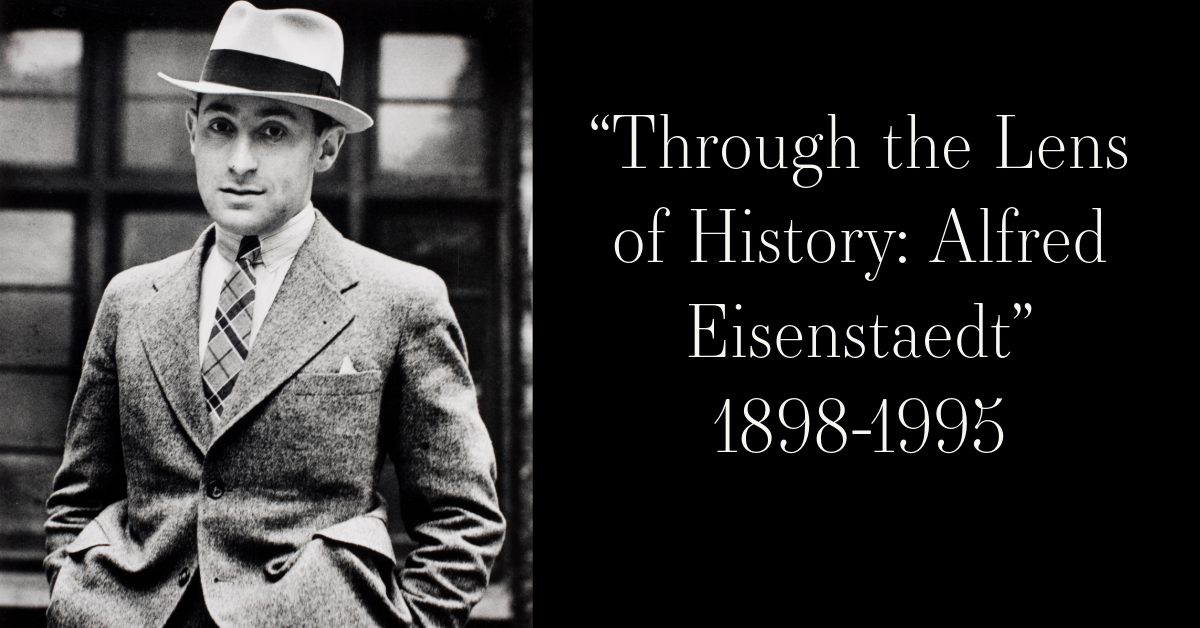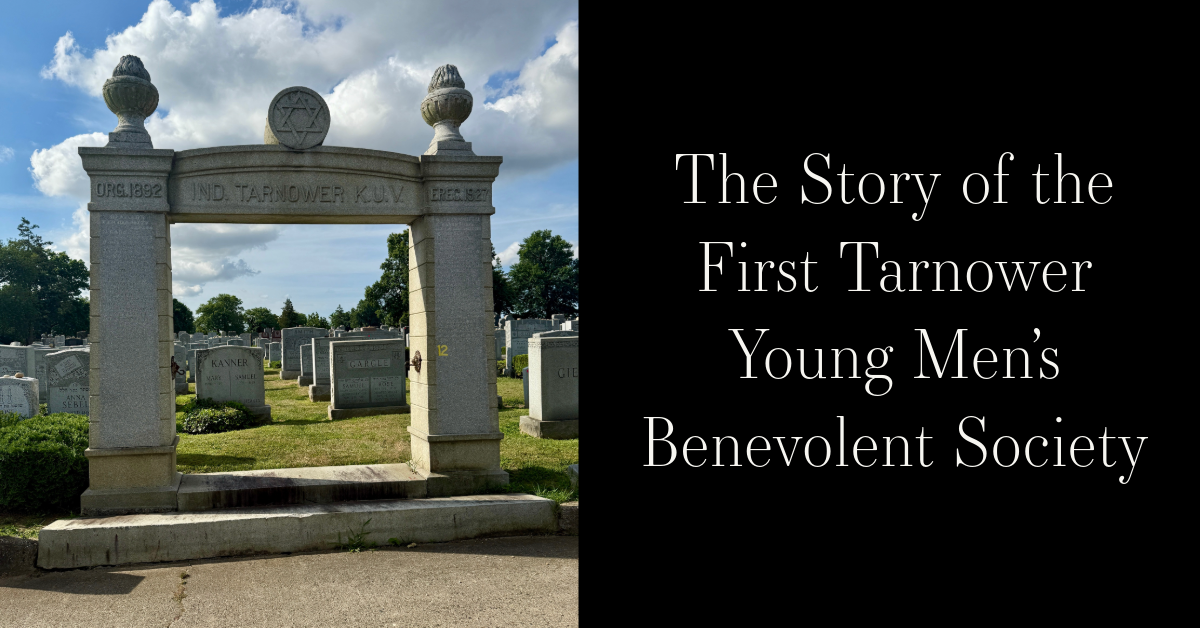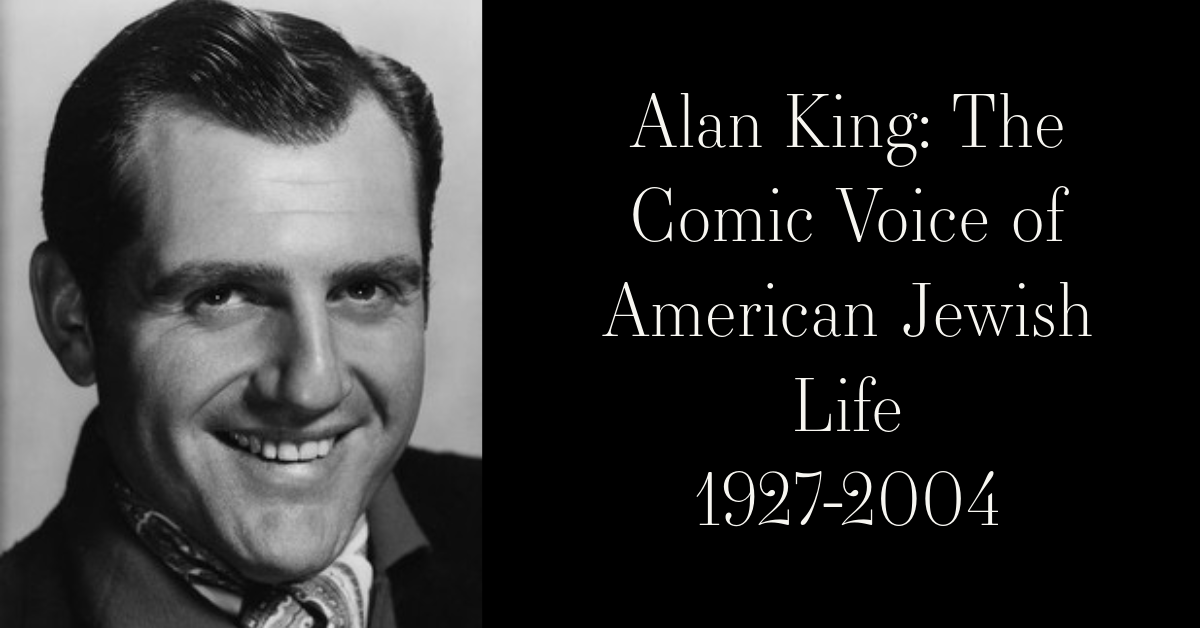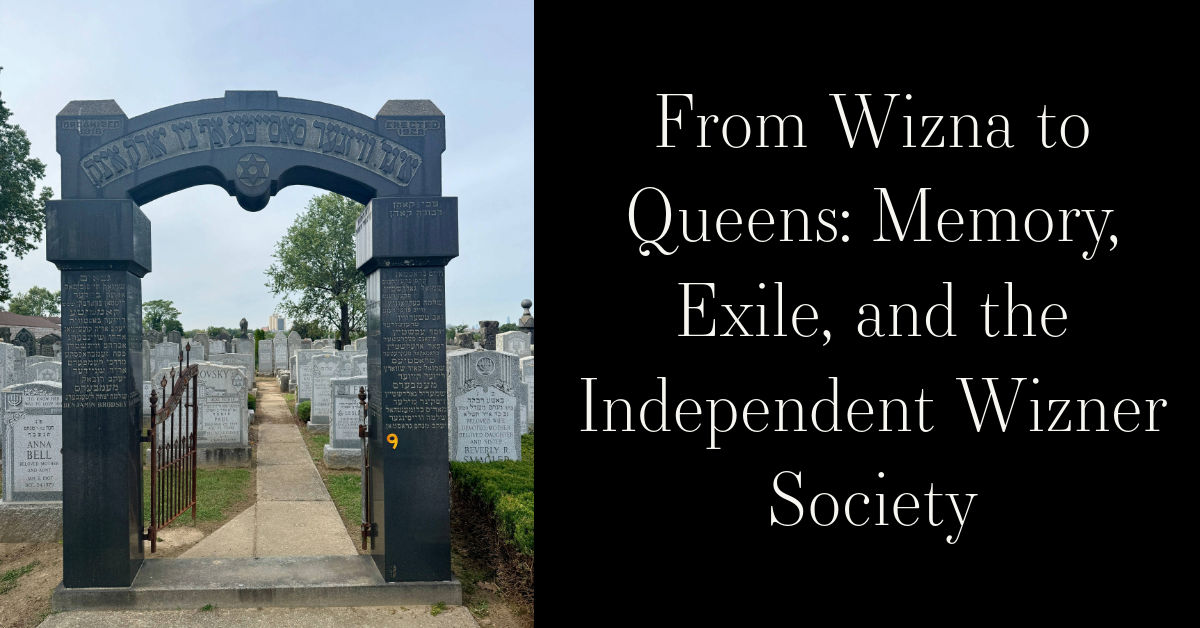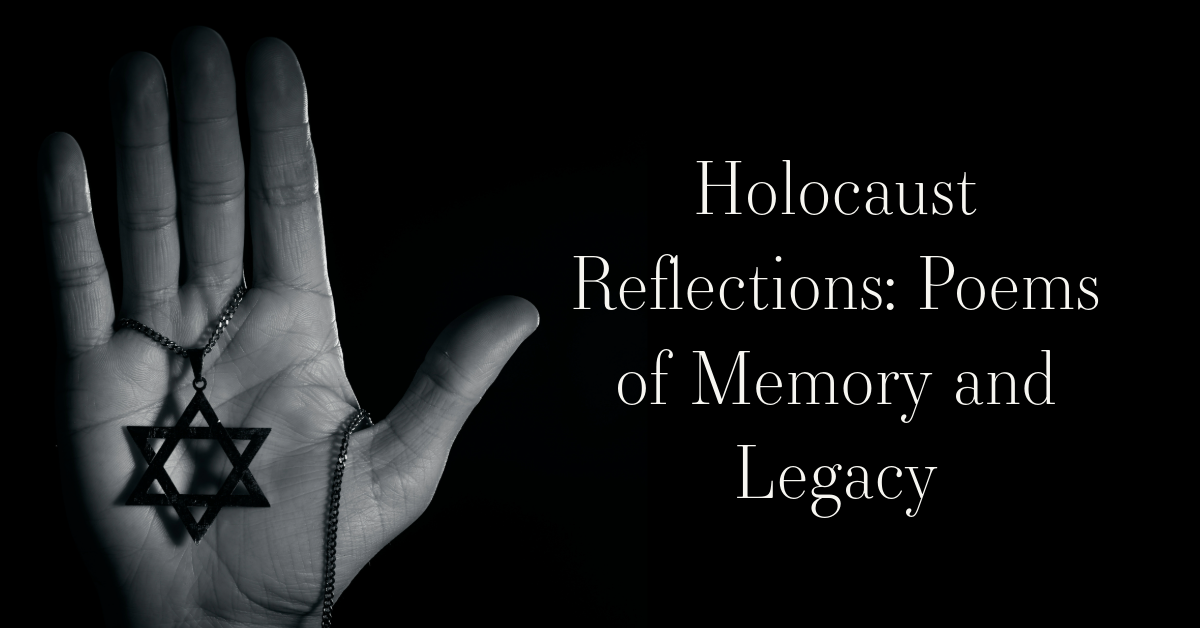Story Summary:
The Berezner Woliner Society, founded by Jewish immigrants from Bereznice in the Volhynia region of present-day Ukraine, served as a vital mutual aid organization for those who had fled poverty and persecution in Eastern Europe. In New York, the society provided social support, financial assistance, and burial plots at Mount Hebron Cemetery, preserving a strong communal identity. After the Holocaust annihilated the Jewish community in Bereznice through mass shootings and deportations, the society became a guardian of memory, holding yahrzeit services and erecting memorials. Though no longer active, its legacy lives on in cemetery records, headstones, and the shared remembrance of a once-thriving Jewish town. ~Blog by Deirdre Mooney Poulos
From Bereznice to Queens: The Story of a Lost Community

Bereznice, also referred to in historical records as Bereznica or Berezhany, was a small Jewish town in the Volhynia region of the Russian Empire, an area that is now part of western Ukraine. Located within the Pale of Settlement, Volhynia was home to dozens of such shtetls, each one sustaining vibrant Jewish religious and cultural life despite economic hardship and discrimination. Jews in Bereznice lived primarily as small traders, craftsmen, tailors, and farmers. The town was anchored by its synagogues, cheders, mikvehs, and communal organizations. Though it was modest in size, Bereznice reflected the deep traditions and resilience that characterized Jewish life across Volhynia.
Like many other Jewish communities in the Russian Empire, Bereznice was no stranger to repression. Under Tsarist rule, Jews faced heavy restrictions on where they could live, what occupations they could hold, and how they could practice their faith. Pogroms occasionally swept through the region, with anti-Jewish violence erupting during moments of political upheaval. Although Bereznice was spared some of the worst pogroms of the early 20th century, the community lived in constant awareness of its vulnerability. Economic limitations and rising antisemitism made life increasingly untenable for many families. The collapse of the Russian Empire, the instability of the Polish-Soviet War, and interwar Polish nationalism only deepened these difficulties.
Beginning in the late 1800s and accelerating into the early 20th century, a steady stream of Jews from Bereznice and the surrounding region began to emigrate. Many found their way to New York City, joining the vast wave of Eastern European Jewish immigration. In their new home, they faced the challenges of poverty, language barriers, and unfamiliar customs. To support each other, they formed landsmanshaftn—mutual aid societies that provided burial insurance, sickness benefits, emergency loans, and a social community for fellow immigrants from the same town or district. Among these was the Berezner Woliner Society, later incorporated as the Berezner Woliner Benevolent Association Inc.
These societies often bought burial plots in local cemeteries, most notably at Mount Hebron Cemetery in Flushing, Queens. There, former residents of Bereznice created a communal burial section, marked by a decorative gate and lined with headstones inscribed in Yiddish and Hebrew. The cemetery space served as a sacred link to their origins and became a lasting physical record of their shared identity. The society functioned as a social and charitable hub, where members could find help in times of need and gather to celebrate Jewish holidays and life-cycle events. For many Bereznice immigrants, it was a lifeline to tradition in an unfamiliar land.
That connection became even more vital during and after the Holocaust. When Nazi Germany invaded the Soviet Union in 1941, western Ukraine was among the first areas occupied. Bereznice’s Jewish population, like so many others, was rounded up, forced into ghettos, and ultimately murdered. Mass shootings and deportations erased centuries of Jewish life in a matter of months. The Jews of Bereznice were either executed in nearby forests or sent to extermination camps like Sobibor. Few survived. Those who had emigrated before the war received the news in fragments, often through refugee testimony or Red Cross reports. The impact was devastating.
In response, the Berezner Woliner Society expanded its purpose. What had begun as a support system for immigrants became a keeper of memory. The society organized yahrzeit observances, added Holocaust memorials to its cemetery plots, and worked to preserve the names of the murdered. Like many similar societies, they helped publish names in yizkor books and passed on stories to descendants. Their cemetery section at Mount Hebron became a place not only for burial but also for mourning and remembering a town and people that had been all but destroyed.
Though the Berezner Woliner Society may no longer function actively today, its legacy endures in stone and story. It reflects the arc of a community that once lived in the quiet corners of Eastern Europe, endured persecution, rebuilt in America, and became the stewards of a memory nearly extinguished by genocide. At Mount Hebron, the names etched into headstones and gates continue to speak for those who cannot. Through them, Bereznice is not forgotten.
~Blog by Deirdre Mooney Poulos
Selected References:
JewishGen Communities Database – Bereznica Volhynia: https://www.jewishgen.org/Communities/community.php?usbgn=-1034510
Yad Vashem – Holocaust in Ukraine: https://www.yadvashem.org/yv/en/exhibitions/ukraine-jewry/index.asp
JewishGen Yizkor Book Project – Volhynia: https://www.jewishgen.org/yizkor/volhynia/volhynia.html
United States Holocaust Memorial Museum – Volhynia: https://encyclopedia.ushmm.org/content/en/article/volhynia
Museum of Jewish Heritage – Mutual Aid Societies:
https://mjhnyc.org
Center for Jewish History – Landsmanshaftn Archives:
https://digital.cjh.org
